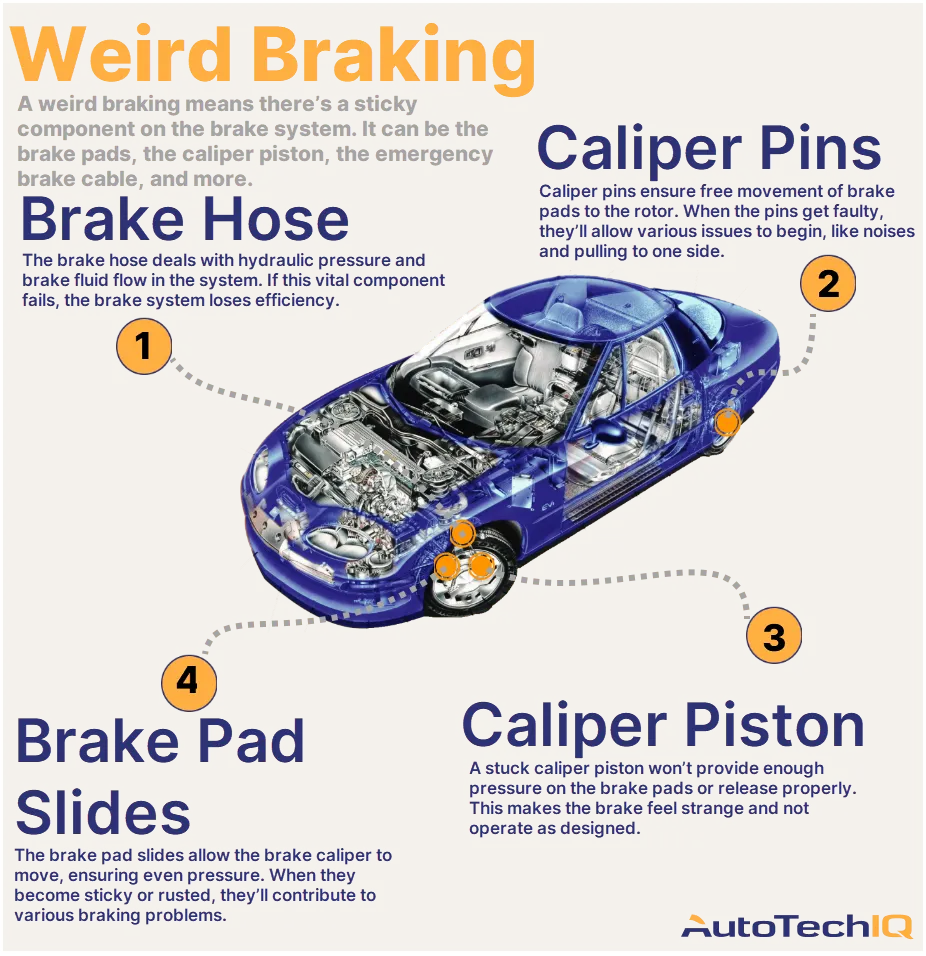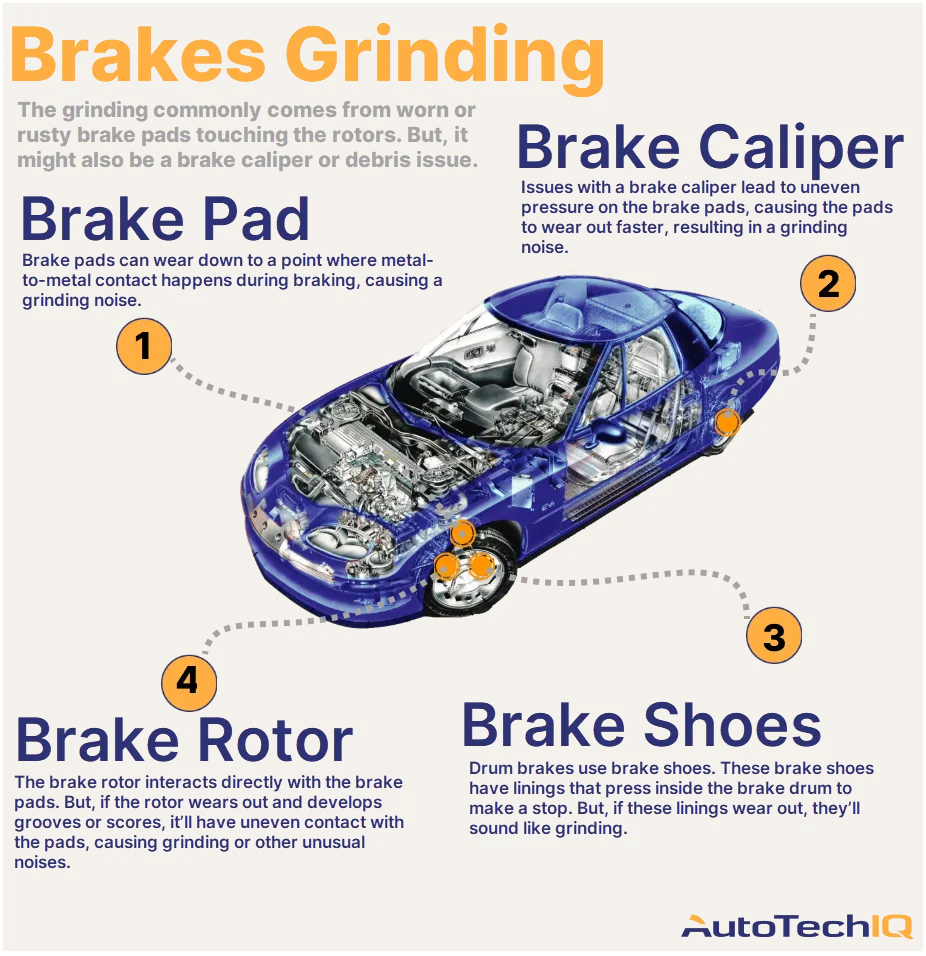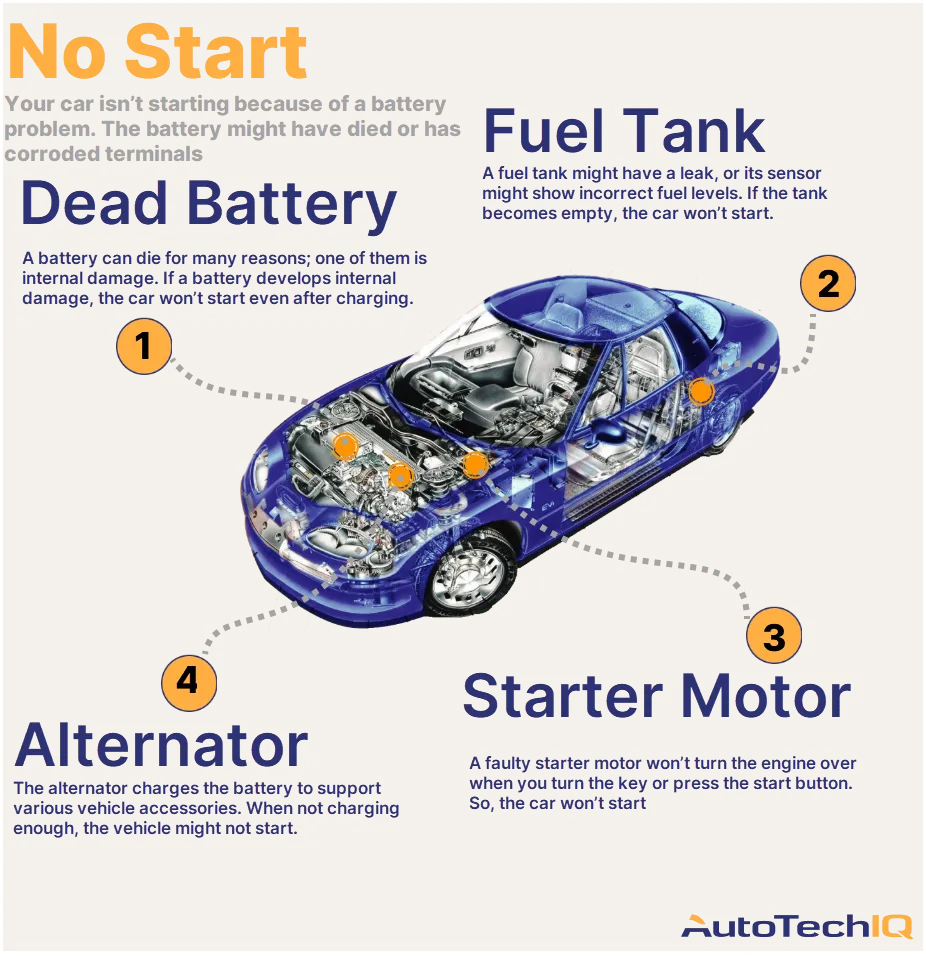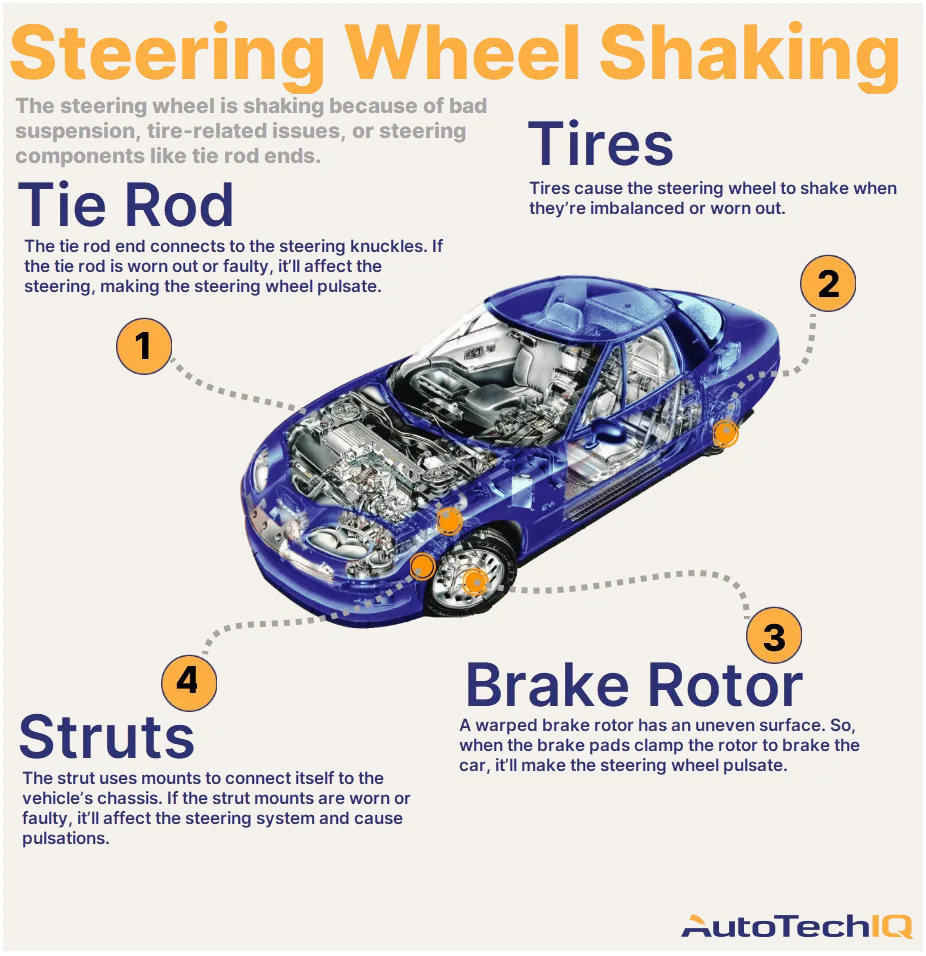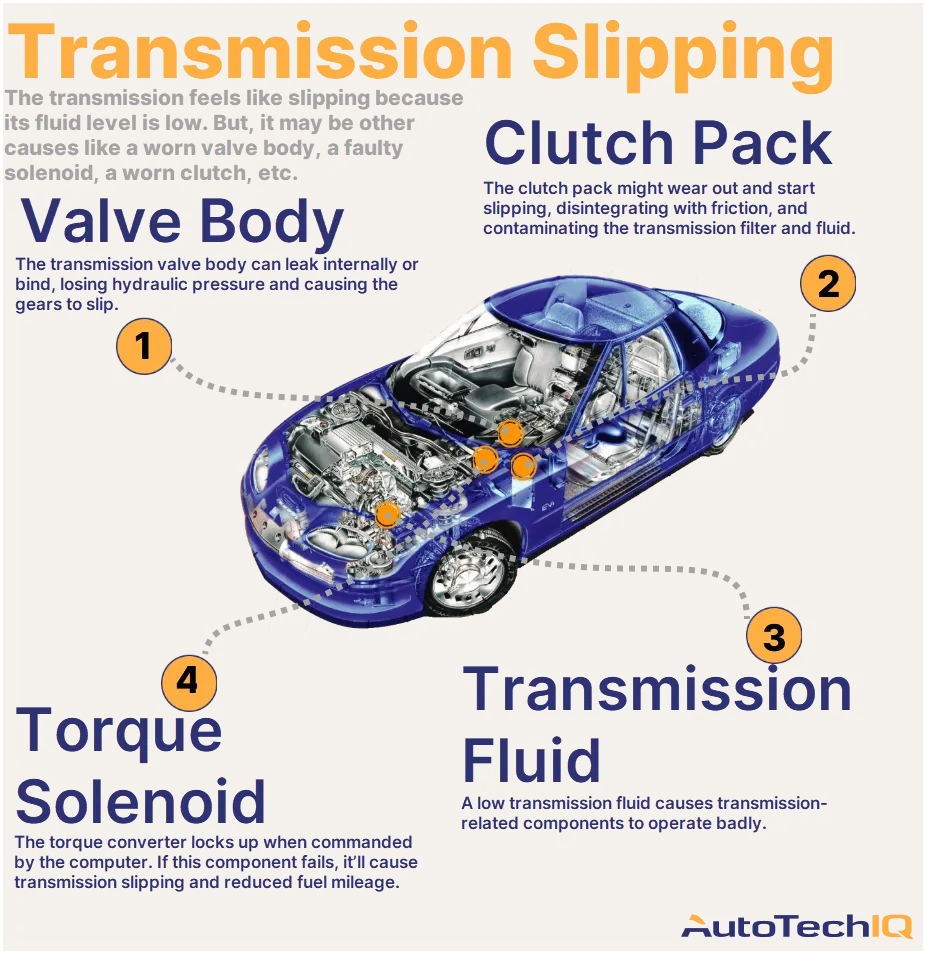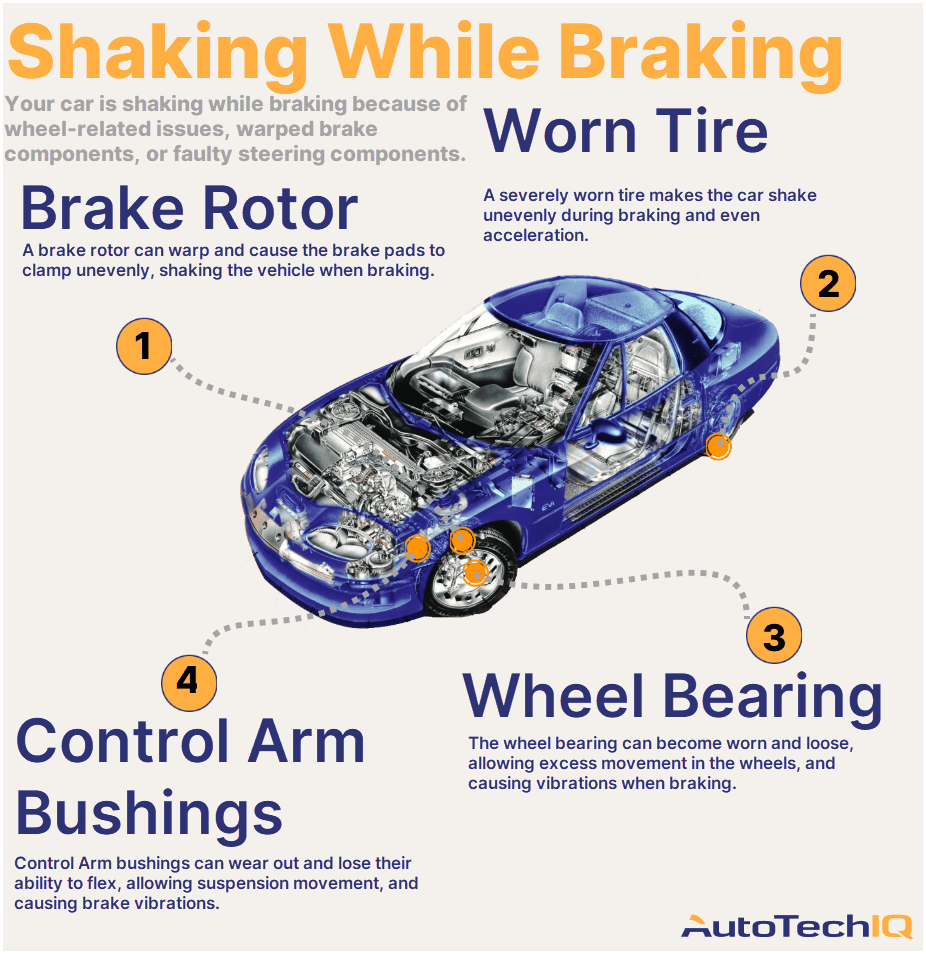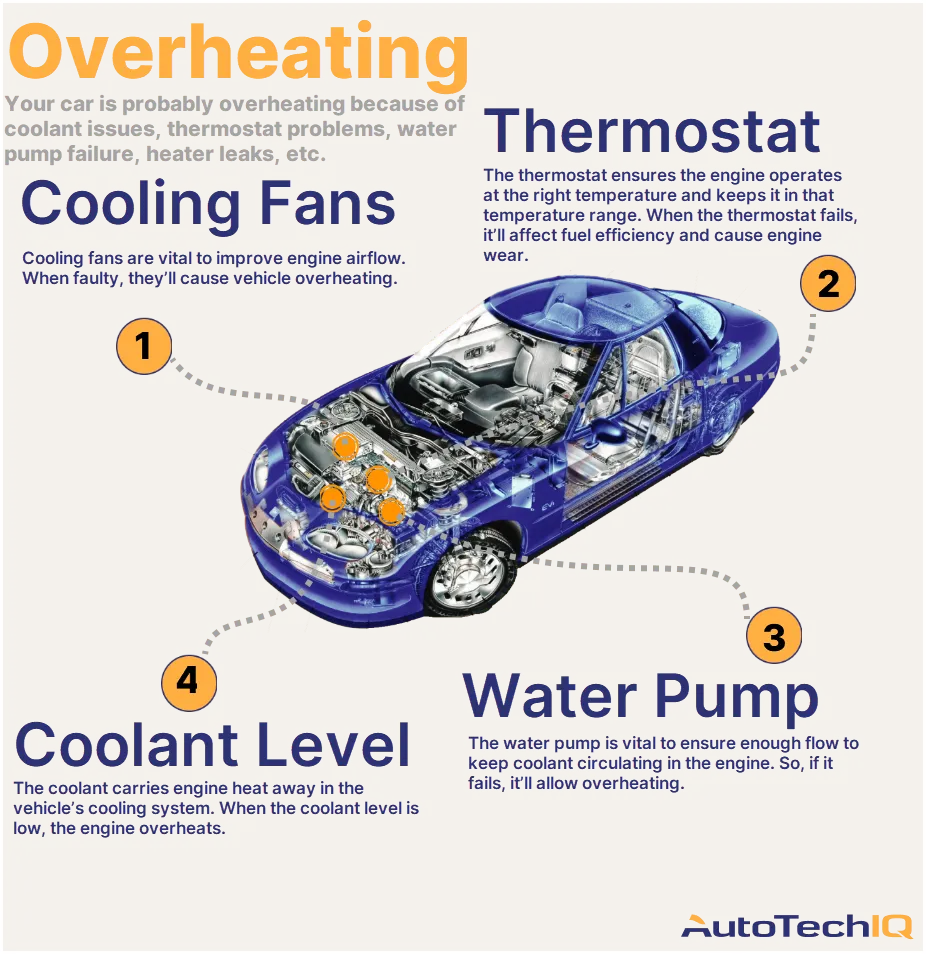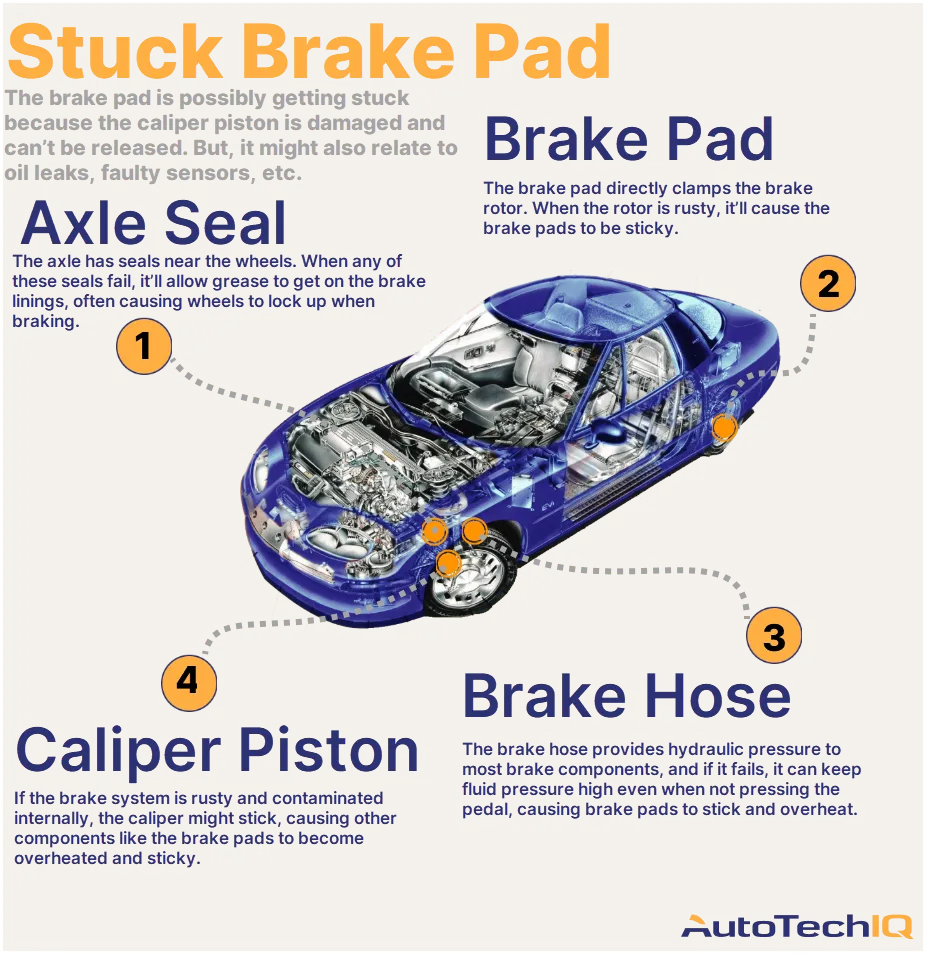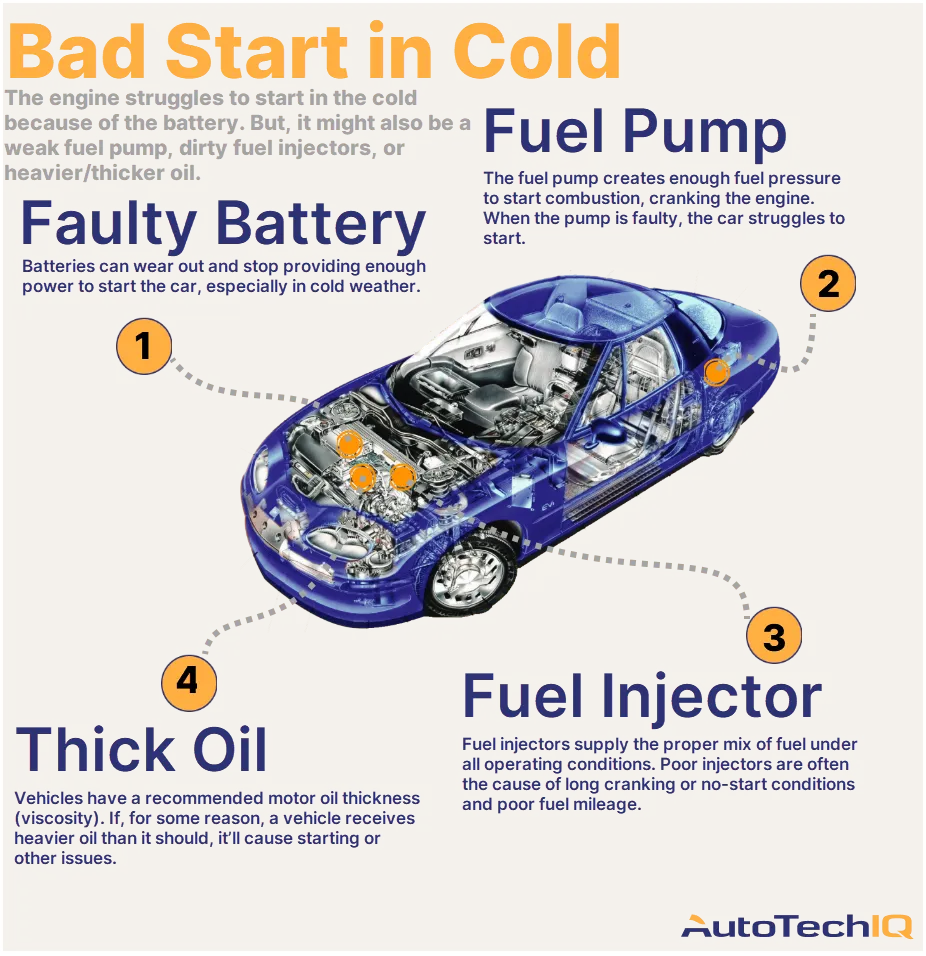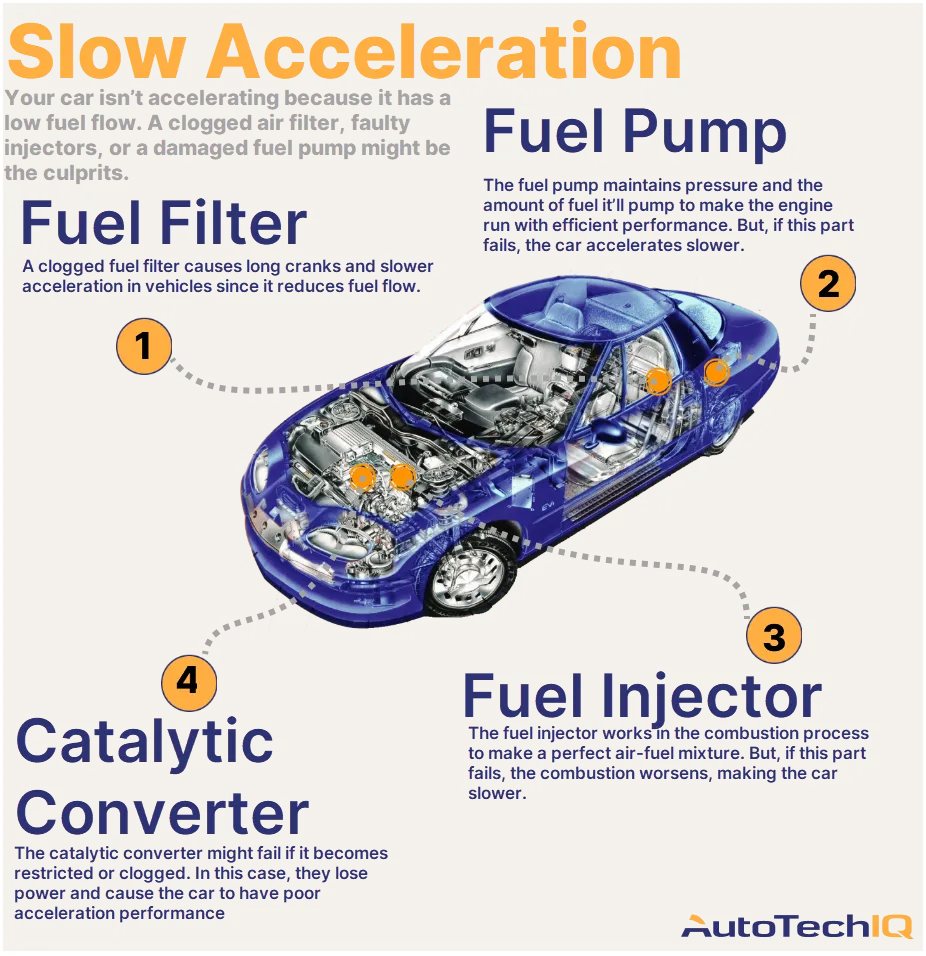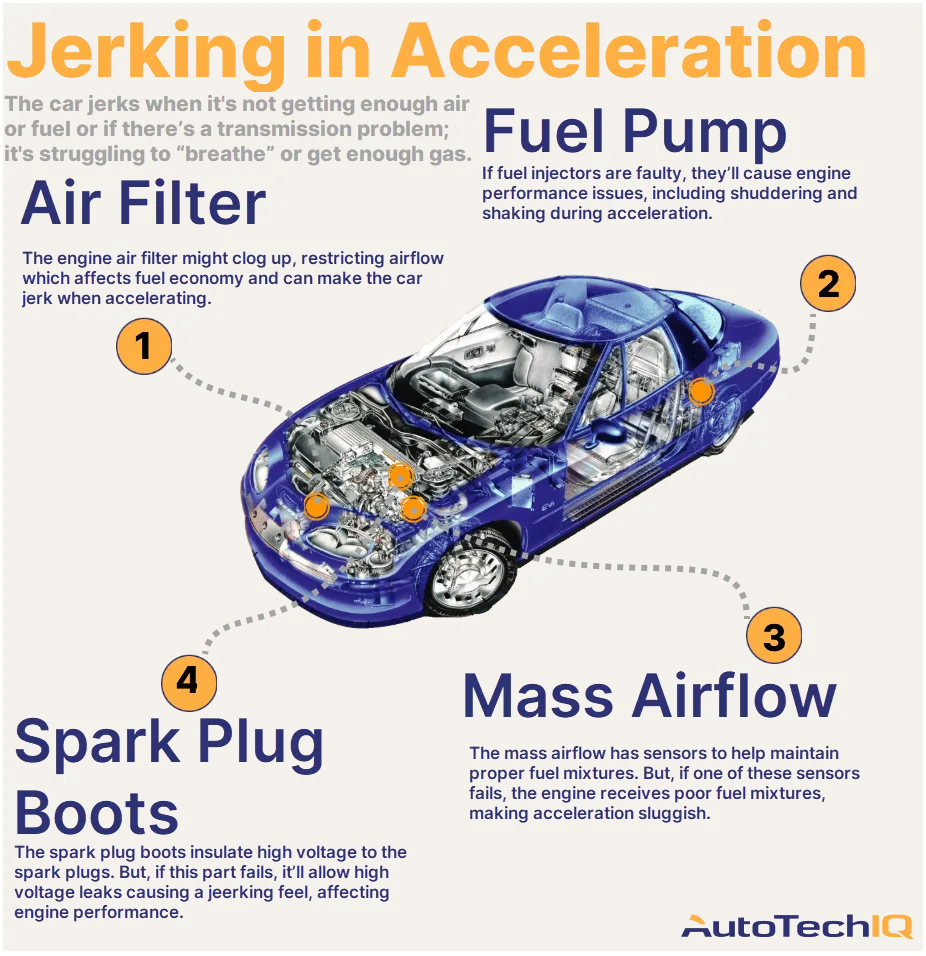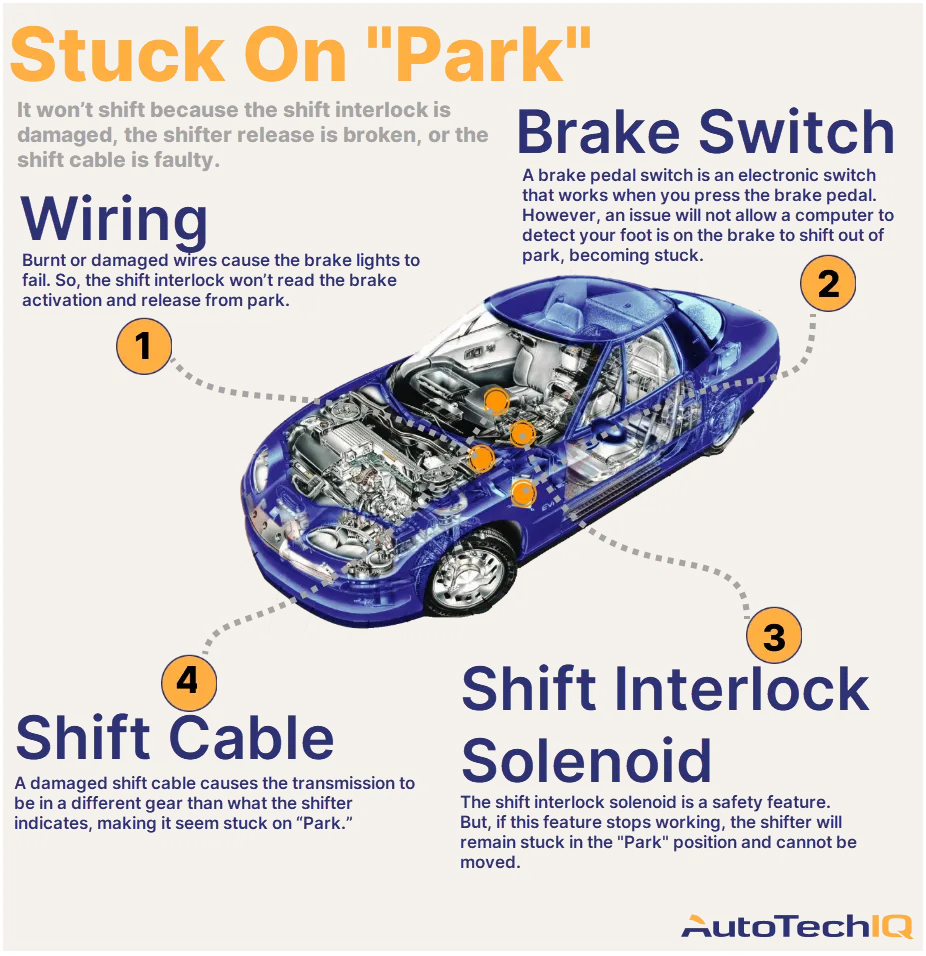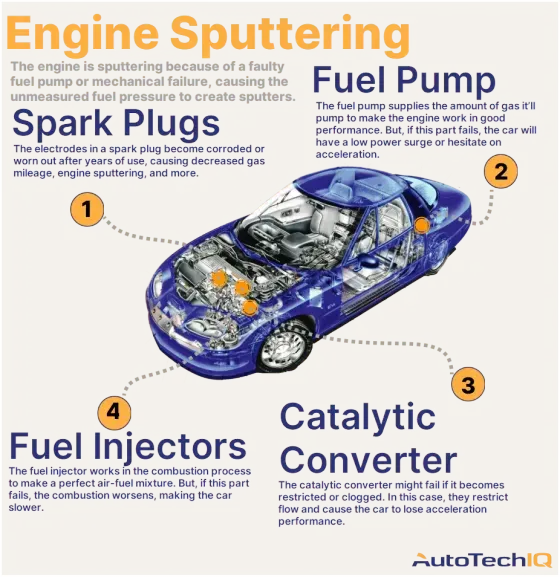
Is Your Car's Engine Sputtering?
The engine is sputtering because of a faulty fuel pump or mechanical failure, causing the unmeasured fuel pressure to create sputters. But it can also be because of worn spark plugs, faulty sensors, or a damaged ignition coil.
In addition, some issues related to engine sputtering can prevent your car from starting, leaving you stranded and in a dangerous predicament.
The good news is that engine sputtering is easy to recognize and more straightforward to identify when the "check engine" light comes on. If you take your car to a technician before the problem damages the engine, the fix could be as simple as replacing the spark plugs or cleaning the fuel pump. Unfortunately, putting the issue on hold can severely impact your car's fuel efficiency.
Watch out: A sputtering engine relates to how your car intakes and burns fuel. If it doesn't burn fuel cleanly and efficiently, your fuel economy suffers, risking expensive repairs to your engine, exhaust system, and catalytic converter. Plus, your car creates excess emissions that damage the environment.

